The Art of Generating
A technological challenge
The ability to see clearly is one of the most important aspects of our lives. Whether that’s to work, play, read or perform everyday activities – and for many this means wearing glasses. There are more than seven billion people on our planet and an estimated 4.6 billion of them need glasses, regardless of gender, age, or ethnicity. For these people, finding the right pair of glasses means visiting a trusted optician who then typically orders the lenses from an ophthalmic manufacturing lab.
Over the last 15-20 years, the ophthalmic industry has changed considerably, due to new developments, technologies, and conditions in lens manufacturing.
Changes in material
Until the 1960’s, only mineral glass was processed. Today organic is the primary material used for lenses. Only 10-15% of today’s lenses are mineral glass. Wearer comfort, time savings, more technological options and also aesthetic reasons are main factors for the domination of organic material today.
Proportion of corrective needs
Besides the need of single-vison lenses (correcting myopia, hyperopia or astigmatism), lenses needed for additionally correcting presbyopia have increased substantially. Here, opticians can offer bifocal, trifocal and progressive lenses. While all of them correct presbyopia, progressive lenses eliminate the visible lines of traditional bifocals and trifocals and hide the fact that the wearer needs reading glasses. In the field of progressive lenses, technology has evolved tremendously.
Almost twenty years ago, all presbyopia correction with progressives was done on the front side of the lens. This offered limited technological options and required semi-finished progressive lenses in large inventories. Today, by using ‘freeform technology’ (also called digital surfacing), all corrections – including the ones for presbyopia – can be done on the backside of the lens. Freeform is becoming the preferred way to make lenses, using revolutionary digital manufacturing process and advanced digital lens design and surfacing equipment to create high-quality, customized eyeglass lenses with a unique prescription.
During lens manufacturing a series of steps are followed – from blocking, through generating, polishing, deblocking, cleaning, coating up to finishing. The process that adds the ‘”correction” on the lens is generating.
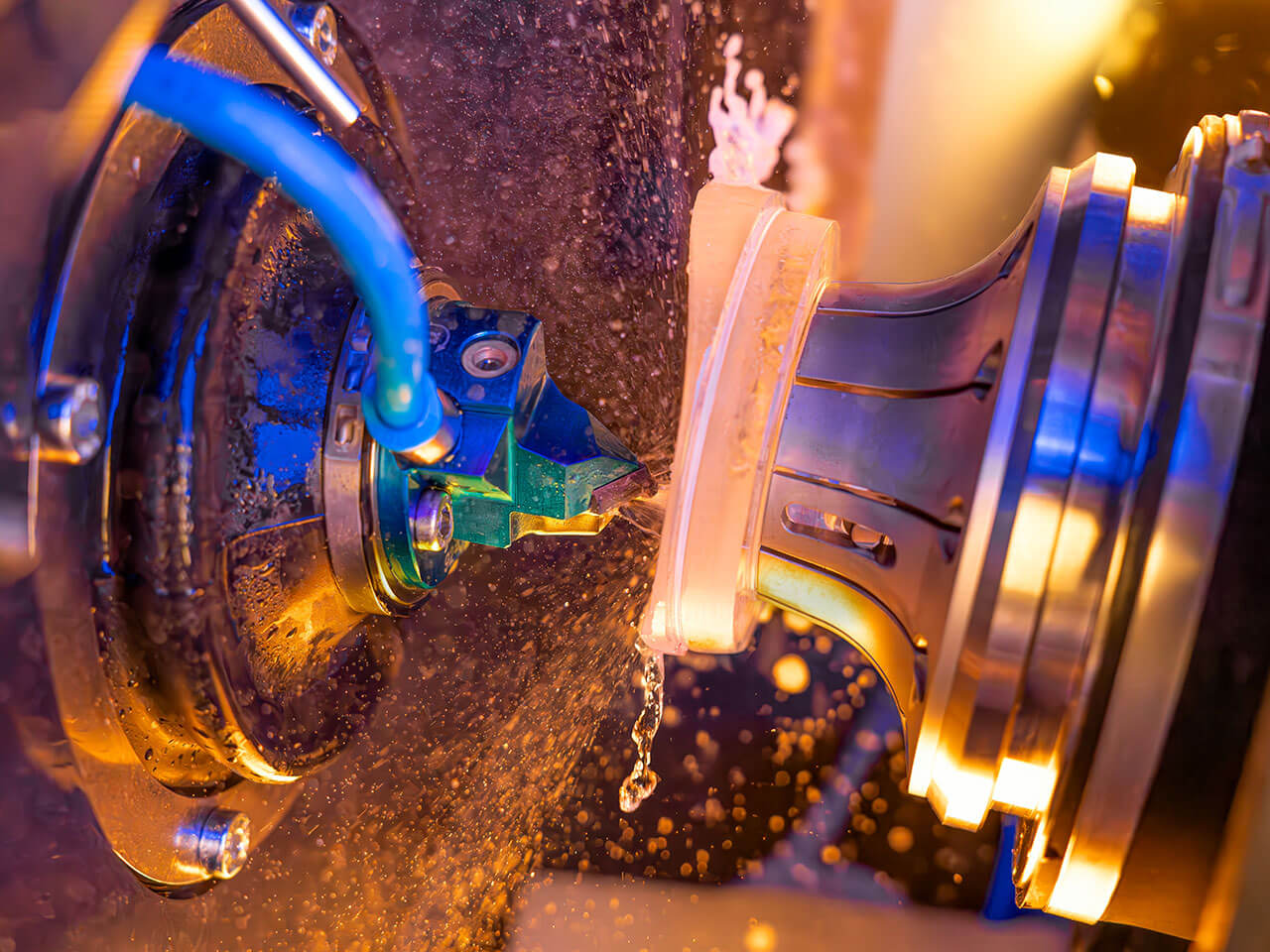
What happens during generating and how does it work?
After blocking, the lens goes to the generator which can produce prescriptions at 1/100th of a diopter accuracy. In the generator, the blank (raw lens), undergoes two different steps – milling and turning. The lens backside is processed and receives the corrective information. The entire process only takes about 35-140 seconds, depending on the machine and the prescription which needs to be manufactured.
Generating – milling process
During high-speed milling (cribbing and rough surfacing), the lens surface is roughly prepared. Within seconds, the milling cutter removes the majority of the material, reduces diameter, bevels the lens and creates the initial shape of the surface. The fastest milling spindle on the market removes material with 35,000 rpm and completes the process in about 7-10 seconds.
After milling, a turning process is necessary to smooth the surface with one final cut.
Generating – turning process
The turning process, also called high-speed cutting, prepares the surface so that only light polishing (buffing) is required afterwards. The process of turning differs from manufacturer to manufacturer and machine to machine. Special turning tools with high speed control systems provide maximum speed as well as unprecedented form accuracy and surface smoothness.
A diamond, located on the turning tool holder, is used to remove material. Depending on the lens material, either an MCD (Mono Crystalline Diamond) or a PCD (Poly Crystalline Diamond) is used. The tool holder carrying the diamond moves back and forth to generate the lens surface. The lens itself also turns with up to 4,500 rpm. Another infeed axis moves the turning axis with the lens towards the tool’s cutting edge.
During this process, an acceleration of up to 200 m/s2 can be reached. This corresponds to twenty times the acceleration due to earth’s gravitational force (known as “g”)! Traditional generators cut in three axes simultaneously, whereas digital surfacing requires at least four axes. There is a huge technological challenge, to best handle the positioning of the axes during the high-speed turning process ensuring a surface accuracy in the µm -range.
Working chamber
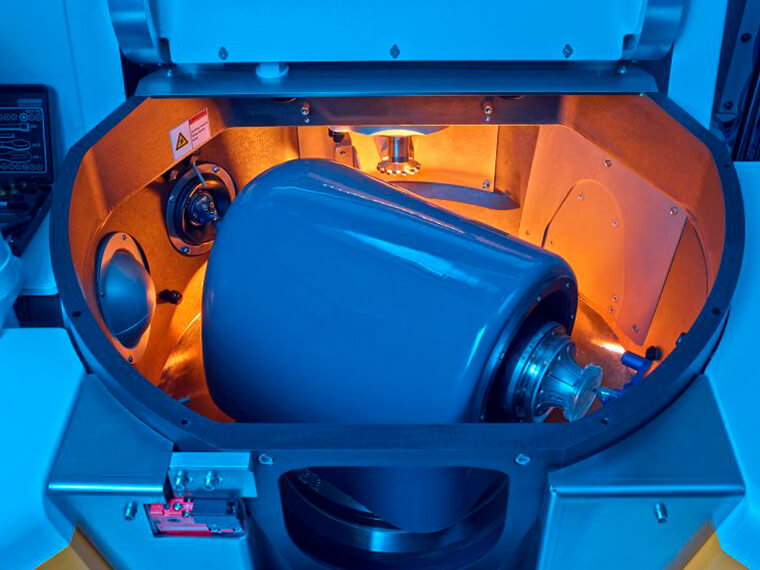
High-speed milling
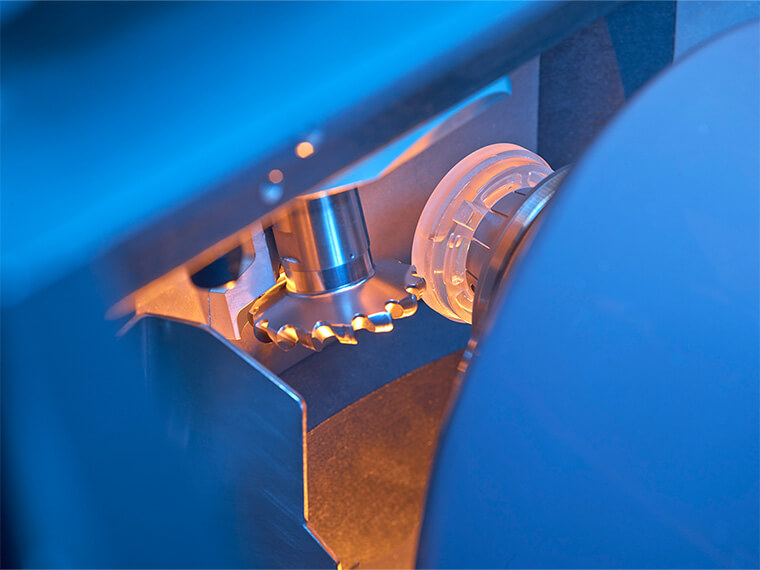
Fine turning
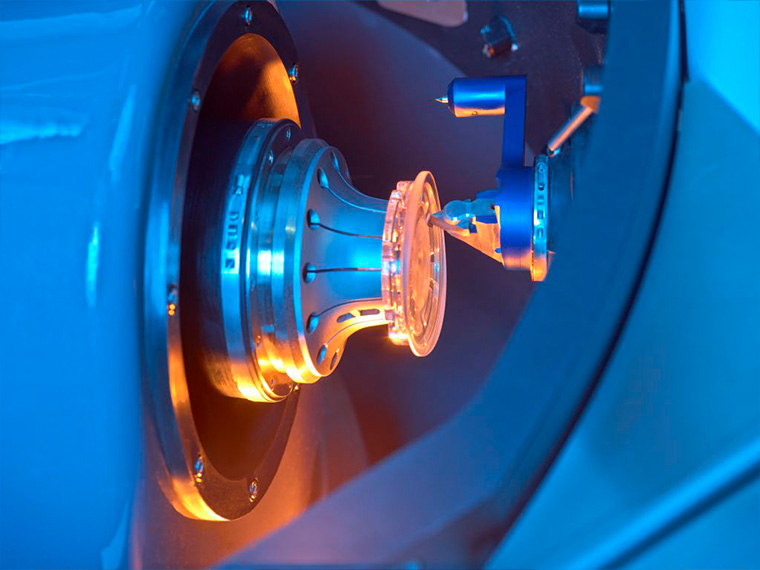
Mechanical engraving
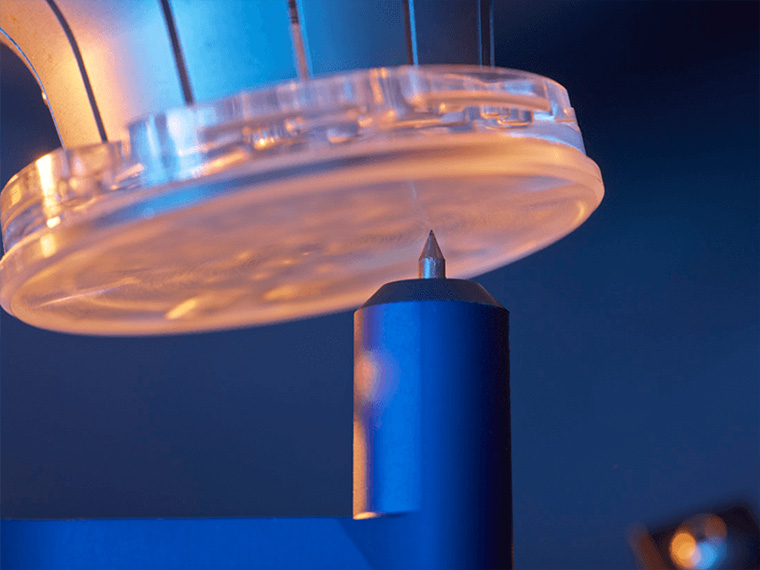
Technique behind the technique
To ensure the best results in the shortest time, machine settings in both milling and turning are required. And the keyword here is ”spiral distance” which determines the distance between the spiral turns of the final cuts (during both milling and turning). The smaller this distance is, the better the surface smoothness for polishing. However, something that needs to be taken into account is that the smaller the distance between the spiral turns, the longer the generating process takes.
Optional features for generating
Depending on the lab’s requirement or lens specification, some additional, optional machinery features might be necessary. The auto-calibration option safeguards the machine manufacturing quality. To validate the lenses after surfacing, some generators are equipped with an integrated topography measurement option. This guarantees superior lens quality and simplifies the operator’s work. A special sensor tool reads the lens surface and measures about 300 points. The actual values are then compared to reference values and the operator receives the lens quality information, which enables him to adapt the machine axis configuration or the tool geometry. Some lenses might require semi-visible markings on the surface. There are different marking methods: a separate machine (laser engraver) after polishing, or marking done within the generator. Because generators’ throughput, features, and automation levels vary, labs should choose a generator based on their specific needs. The market offers machines with production throughputs from approximately 25 lenses/hour up to 100 lenses/hour.
A master discipline in lens manufacturing
Finally, from a technological and mathematical perspective, generating can be considered a master discipline in lens manufacturing. But without full integration and optimal linkage to all other lens manufacturing processes it would be useless. As technology continues developing, the generating process will continue to change as well. The industry will push technological advancements and the consumer will ultimately benefit from them.
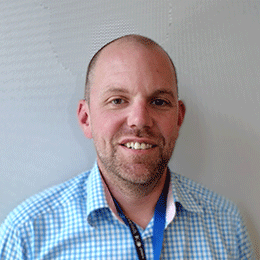
An article by:
Mark Hollmann
Head of Product Management
Ask us a question
Satisloh experts are ready to answer your questions. We help you make the right machine purchase decision
Request product information
Satisloh designs and manufactures machines that meet your specific requirements. Request more product information or your personalized quote today!